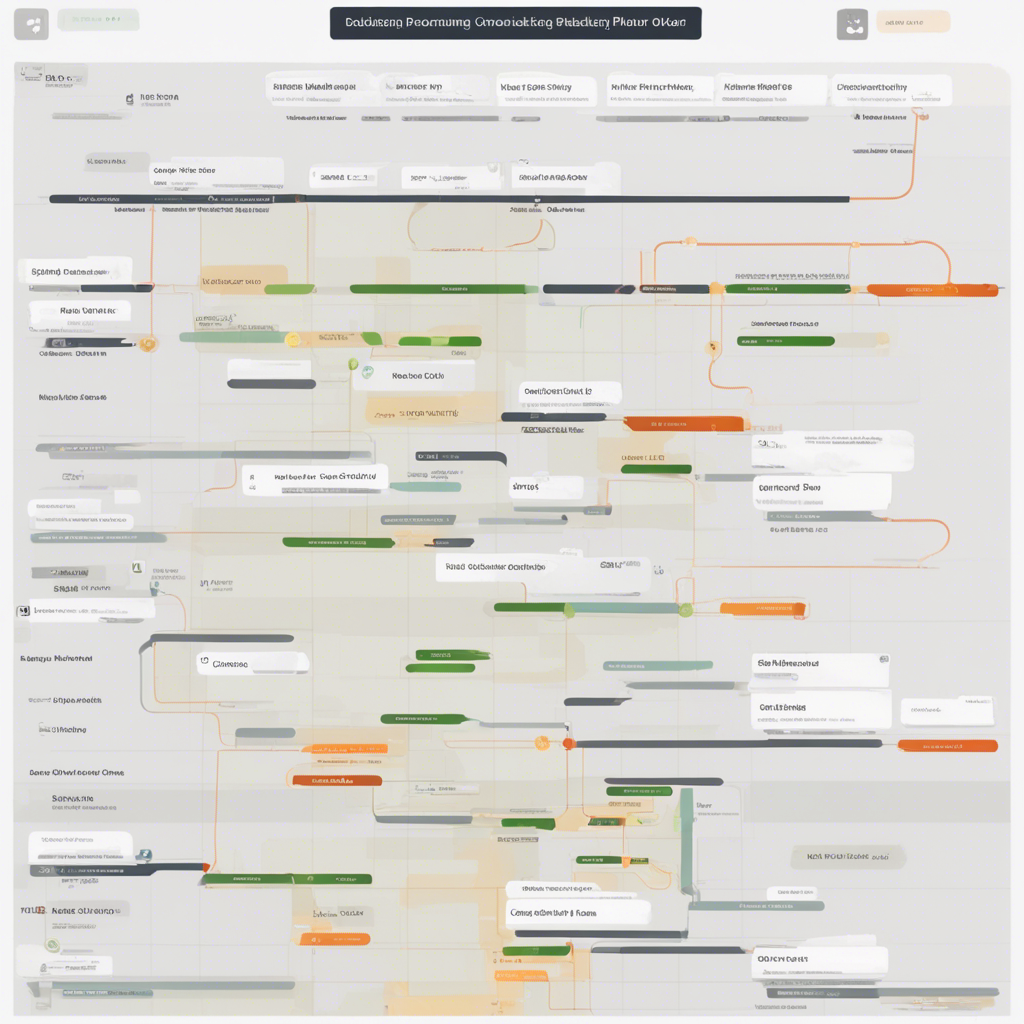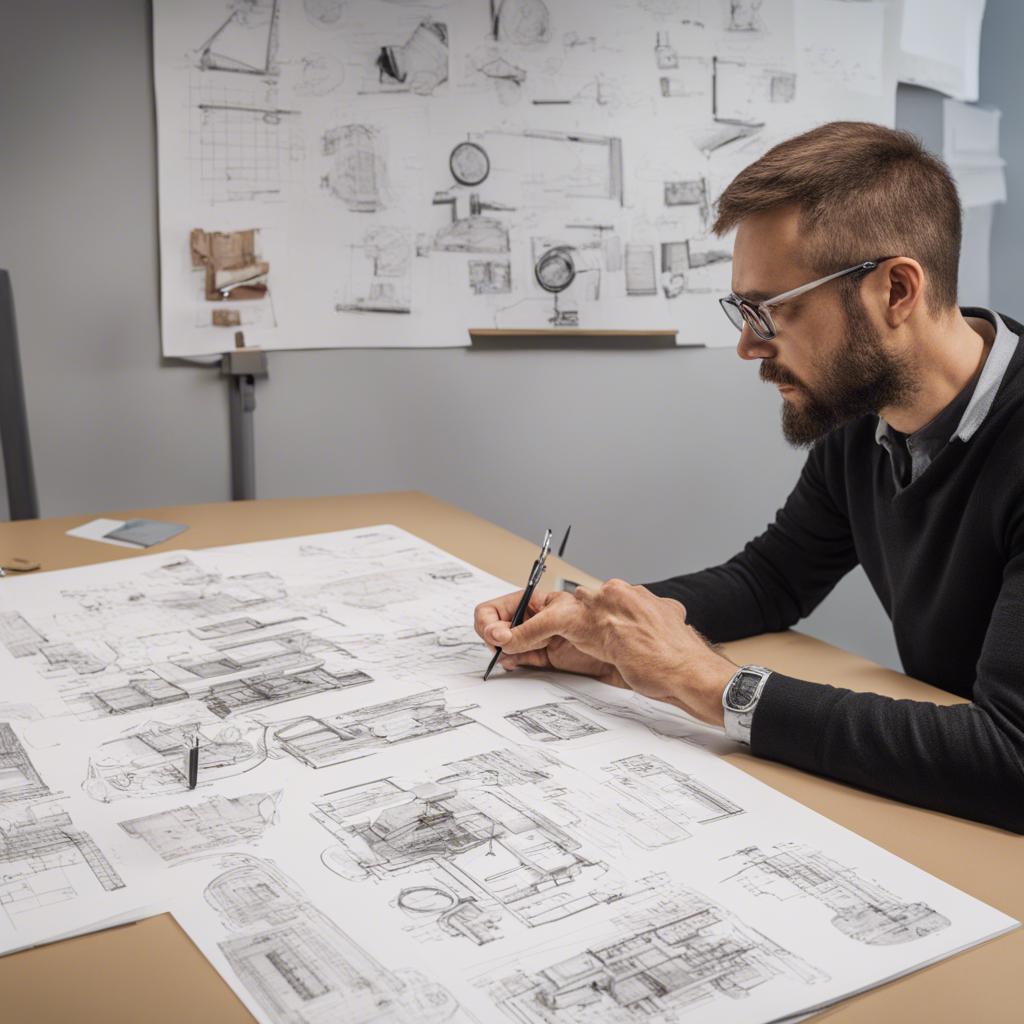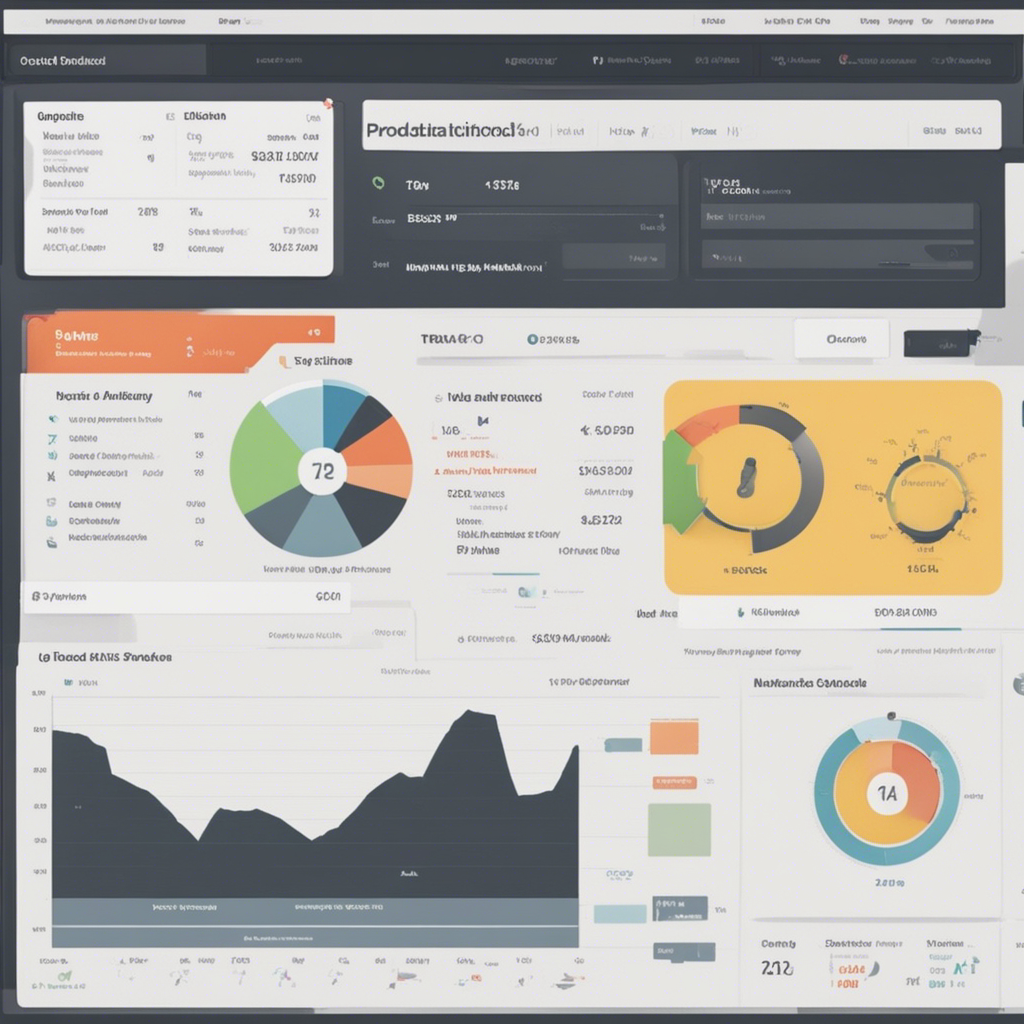
Design Sprints: Rapidly Prototype and Test New Ideas
Introduction
In today’s fast-paced business environment, organizations are constantly striving to innovate and stay ahead of the competition. However, developing and testing new ideas can be a time-consuming and costly process. Enter design sprints, a methodology that allows teams to rapidly prototype and test new ideas in a time-constrained manner. In this blog post, we will explore what design sprints are, how they work, and the benefits they can bring to organizations.
What are Design Sprints?
Design sprints were developed by Jake Knapp at Google Ventures and are inspired by agile methodologies and design thinking. They provide a structured framework for teams to collaborate, ideate, prototype, and test new ideas. The main goal of a design sprint is to quickly validate assumptions and learn from user feedback, enabling teams to make informed decisions about products or services before investing significant time and resources.
The Five Phases of a Design Sprint
Design sprints typically span five distinct phases, each with specific activities and objectives. Let’s explore each phase in detail:
1. Understand
In the understand phase, the team comes together to gain a deep understanding of the problem they are trying to solve. This phase involves conducting research, reviewing existing data, and interviewing stakeholders to gather insights. By gaining a thorough understanding of the problem, the team can identify the key challenges and define a clear goal for the design sprint.
2. Diverge
The diverge phase focuses on generating a wide range of ideas. Through various ideation techniques such as brainstorming or mind mapping, the team members generate as many ideas as possible. Quantity is emphasized over quality during this phase to encourage creativity and avoid prematurely discarding potentially valuable ideas.
3. Converge
Once the team has generated a multitude of ideas, they move on to the converge phase. Here, the aim is to narrow down the ideas and select the most promising ones for further exploration. Techniques such as dot voting or affinity mapping can help the team prioritize ideas and identify common themes or patterns.
4. Prototype
In the prototyping phase, the team transforms the selected ideas into tangible prototypes. These can take the form of rough sketches, wireframes, or even interactive mock-ups, depending on the complexity of the idea. The key is to create a prototype that is simple yet effective in communicating the concept to potential users.
5. Test
Finally, in the test phase, the team validates the prototypes by gathering user feedback. This can be done through user interviews, usability testing, or other forms of user engagement. The objective is to uncover insights that help the team refine and improve their ideas, ultimately leading to a more user-centric and successful solution.
Benefits of Design Sprints
Now that we understand the key phases of a design sprint, let’s explore some of the benefits this methodology can bring to organizations:
1. Time Efficiency
Design sprints condense the entire product development process into a focused and time-constrained period, usually around one to two weeks. This allows teams to rapidly iterate and test ideas, accelerating the overall time to market. By compressing the timeline, organizations can save valuable time and resources.
2. Cost Effectiveness
With the ability to quickly validate assumptions and gather user feedback, design sprints help minimize the risk of investing in ideas that may ultimately fail in the market. By identifying potential pitfalls early on, organizations can avoid costly development and redesign efforts.
3. Collaboration and Alignment
Design sprints bring together stakeholders from different departments or disciplines, fostering collaboration and ensuring alignment across the team. By involving individuals with different perspectives, organizations can tap into a diverse range of ideas and leverage collective expertise.
4. User-Centric Approach
By prioritizing user feedback and conducting user testing early in the process, design sprints enable organizations to develop products and services that truly meet user needs. This user-centric approach increases the chances of building successful and impactful solutions that resonate with the target audience.
5. Learning and Continuous Improvement
Design sprints emphasize learning and iteration. By continuously testing and collecting user feedback, organizations can gather valuable insights that inform future iterations and improvements. This iterative process encourages a culture of continuous improvement and innovation within the organization.
Conclusion
Design sprints offer a valuable methodology for organizations looking to rapidly prototype and test new ideas. By incorporating user feedback early in the process and compressing the timeline, design sprints can help organizations save time, reduce costs, and develop user-centric solutions. As organizations increasingly embrace agile approaches to innovation, design sprints are becoming an essential tool in their toolkit.
Remember, design sprints are not a one-size-fits-all solution. Each sprint should be tailored to the specific needs and constraints of the project. By following the five phases and remaining open to experimentation and learning, organizations can leverage the power of design sprints to unlock their innovation potential.
References:
- Knapp, J., Zeratsky, J., & Kowitz, B. (2016). Sprint: How to Solve Big Problems and Test New Ideas in Just Five Days. Simon & Schuster.
- Robinson, R., & Vermeulen, J. (2019). Business Model Generation: A Handbook for Visionaries, Game Changers, and Challengers. Wiley.
Disclaimer: The image shown above is for illustrative purposes only. It is not an actual representation of a design sprint diagram.






